Spice Up Your Life: A Flavorful Guide to the Types of Indian Cuisine
Table of Contents
Introduction to Indian Cuisine
Indian cuisine is a vibrant tapestry of flavors, textures, and aromas that has captivated food lovers around the world. With its rich history and diverse regional influences, it's no wonder that the types of Indian cuisine are as varied as the country itself. From the fiery curries of the north to the delicate dosas of the south, each region brings its own unique take on spices, ingredients, and cooking techniques.
If you're a spice enthusiast or a professional in the culinary field, this guide will help you explore the fascinating world of Indian cuisine. Whether you're looking to expand your palate or learn more about how different regions use spices, there's something here for everyone.
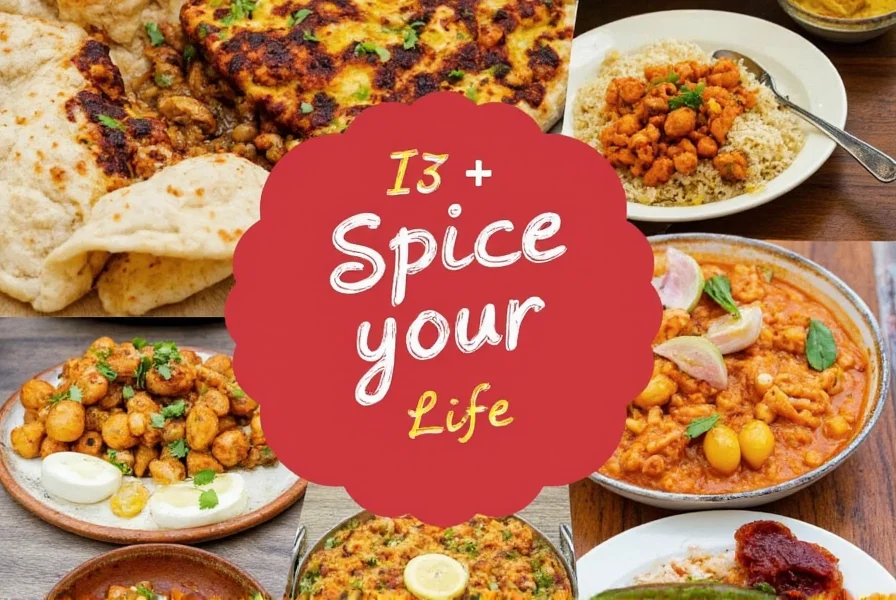
North Indian Cuisine
North Indian cuisine is known for its bold flavors and rich, creamy gravies. It often features dairy products like paneer (cottage cheese) and ghee, which add a deep, nutty flavor to dishes. The use of aromatic spices such as cumin, coriander, and garam masala is common, giving North Indian food its signature warmth.
Some popular dishes include:
- Butter Chicken: A creamy tomato-based curry with tender chicken pieces.
- Punjabi Chole: A spicy chickpea curry often served with bread.
- Korma: A mild, creamy dish made with meat or vegetables and yogurt-based sauce.
Key Characteristics of North Indian Cuisine
| Characteristic | Description |
|---|---|
| Dairy Use | Commonly uses ghee, yogurt, and paneer. |
| Spice Profile | Uses warming spices like cardamom, cloves, and cinnamon. |
| Gravies | Often thick and rich, using cream or butter. |
South Indian Cuisine
South Indian cuisine is lighter and more citrusy compared to its northern counterpart. It relies heavily on coconut, tamarind, and rice-based dishes. The use of spices is more subtle but equally important, with turmeric, mustard seeds, and curry leaves being staples.
Popular South Indian dishes include:
- Dosa: A fermented rice and lentil crepe, often served with chutney and sambar.
- Vada: Deep-fried lentil fritters, usually served with chutney.
- Biryani: A fragrant rice dish cooked with marinated meat and saffron.
Key Characteristics of South Indian Cuisine
| Characteristic | Description |
|---|---|
| Rice-Based | Features rice prominently in many dishes. |
| Coconut & Tamarind | Used frequently for flavor and acidity. |
| Staples | Includes idli, dosa, and vada as common breakfast items. |
East Indian Cuisine
East Indian cuisine, particularly from Bengal and Odisha, is known for its use of panch phoron (a five-spice mix), mustard oil, and fish. It’s a blend of traditional and modern influences, with dishes that are both flavorful and comforting.
Some must-try East Indian dishes include:
- Macher Jhol: A spicy fish curry with a tangy taste.
- Shukto: A vegetable and fruit stew that can be sweet or sour.
- Luchi: Deep-fried flatbreads served with dal or vegetables.
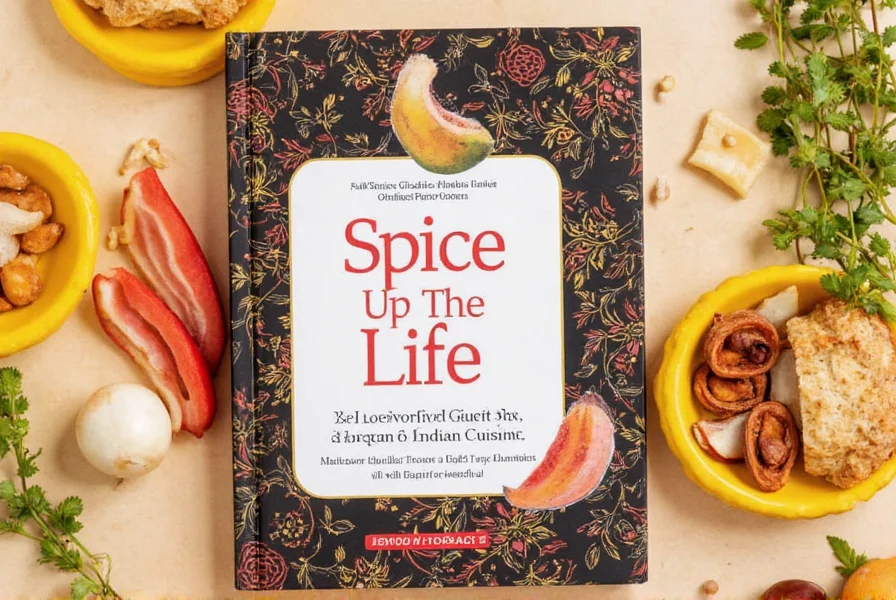
Key Characteristics of East Indian Cuisine
| Characteristic | Description |
|---|---|
| Fish Focus | Features fish prominently, especially in coastal areas. |
| Mustard Oil | Used as a primary cooking oil for its strong flavor. |
| Spice Mixes | Utilizes panch phoron for depth of flavor. |
West Indian Cuisine
West Indian cuisine, especially from Gujarat, Maharashtra, and Goa, is a mix of vegetarian and seafood-based dishes. It's known for its use of peanuts, jaggery, and a variety of spices. Goan cuisine, in particular, has Portuguese influences that add a unique twist to traditional recipes.
Popular West Indian dishes include:
- Gujarati Kadhi: A yogurt-based curry with gram flour and vegetables.
- Pav Bhaji: A street food favorite, consisting of spiced mashed vegetables with bread.
- Coke Biryani: A flavorful rice dish with marinated chicken and saffron.
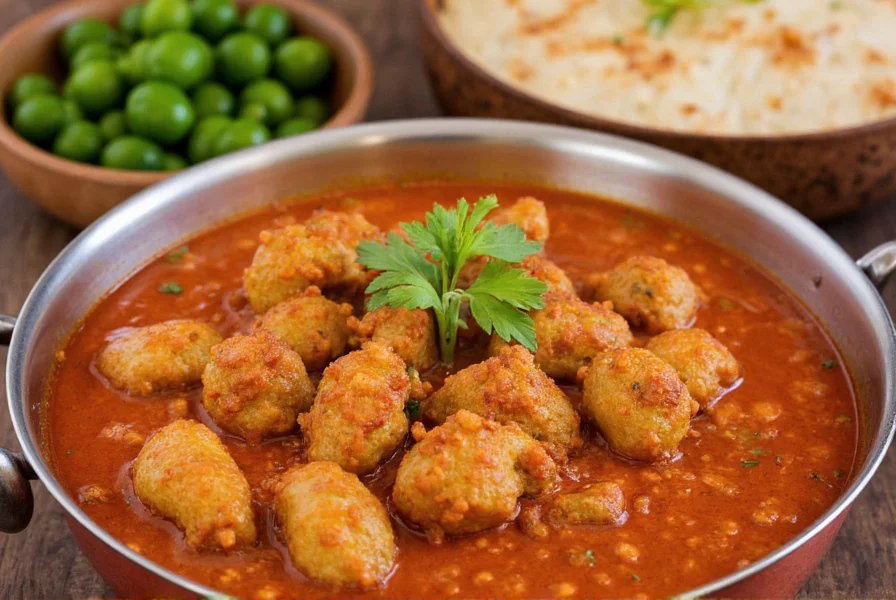
Key Characteristics of West Indian Cuisine
| Characteristic | Description |
|---|---|
| Vegetarian & Seafood | Offers a wide range of vegetarian and seafood options. |
| Jaggery & Peanuts | Used for sweetness and texture in many dishes. |
| Portuguese Influence | Brings elements like vinegar and chilies into the cuisine. |
Central Indian Cuisine
Central Indian cuisine, mainly from Madhya Pradesh and Chhattisgarh, is simple yet hearty. It makes use of local ingredients and is often based on lentils, vegetables, and grains. The cuisine is less influenced by foreign cultures and maintains a strong connection to tradition.
Some classic Central Indian dishes include:
- Aloo ki Sabzi: A spicy potato curry with a mix of spices.
- Kachori: Deep-fried pastries filled with lentils or potatoes.
- Chole: A spicy chickpea curry often eaten with bread or rice.
Key Characteristics of Central Indian Cuisine
| Characteristic | Description |
|---|---|
| Local Ingredients | Relies on locally available vegetables and lentils. |
| Simple Cooking | Focuses on straightforward preparation methods. |
| Heartiness | Known for its filling and satisfying nature. |
Buying Guide for Spices and Ingredients
Whether you're a seasoned chef or a home cook, having the right spices and ingredients is key to recreating authentic Indian dishes. Here’s a quick guide to help you choose the best products for your kitchen:
Essential Spices for Indian Cooking
- Cardamom: Used in both sweet and savory dishes. Look for whole pods for maximum flavor.
- Cumin: Adds a warm, earthy flavor. Buy ground or whole seeds depending on your recipe needs.
- Turmeric: Known for its vibrant color and anti-inflammatory properties. Choose organic varieties for better quality.
- Cloves: A powerful spice used in garam masala and biryani. Store them in airtight containers.
- Cinnamon: Often used in desserts and meat dishes. Opt for Ceylon cinnamon for a milder taste.
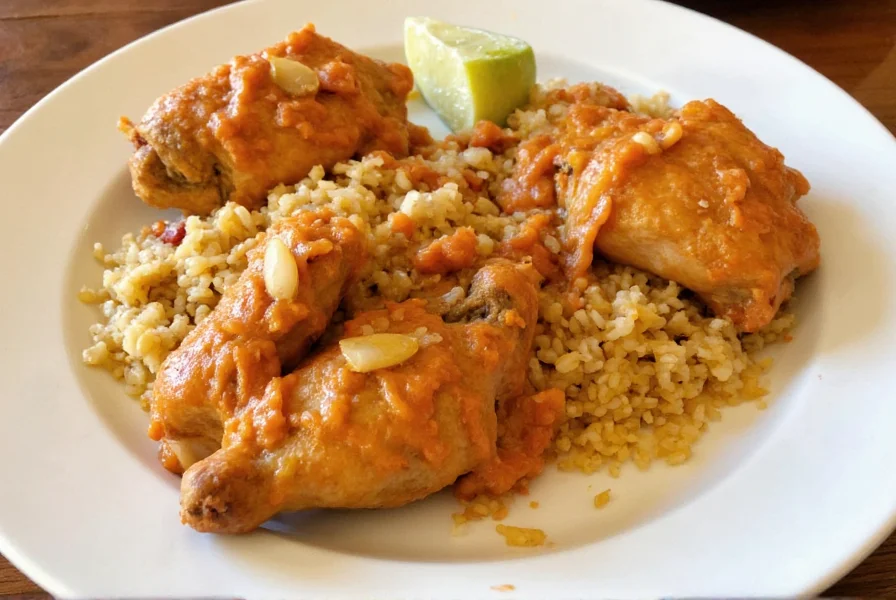
Recommended Products for Indian Cooking
- Organic Garam Masala: A versatile spice blend perfect for soups, stews, and marinades. Ideal for beginners and professionals alike.
- Whole Mustard Seeds: Great for tempering and adding depth to curries. Perfect for South Indian and Bengali dishes.
- Saffron Threads: Used in biryanis and rice dishes. Best when bought in small quantities for freshness.
- Coconut Milk: Essential for South Indian and Goan recipes. Choose full-fat varieties for the best flavor.
- Paneer Blocks: A staple in North Indian cuisine. Look for fresh, soft paneer for optimal results.
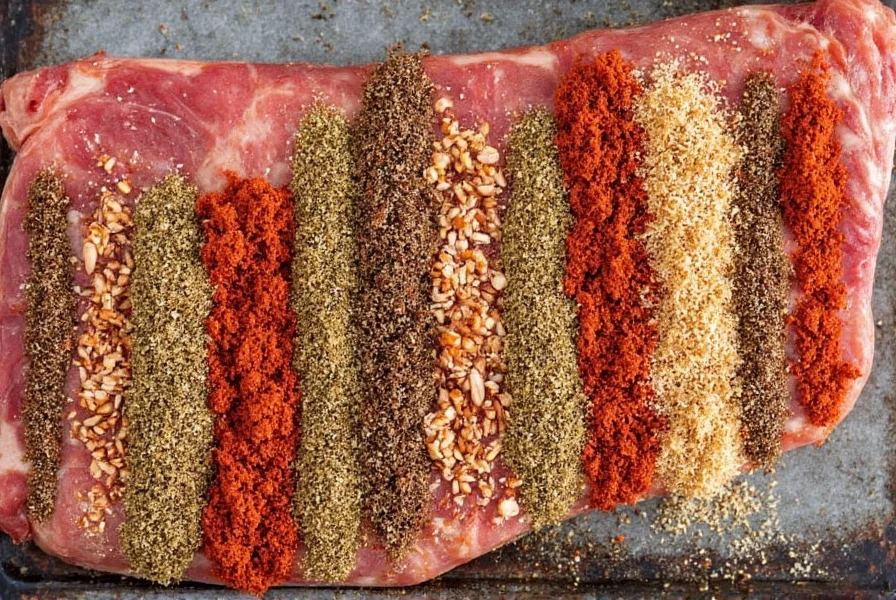
Use Cases and Occasions
These products are suitable for a wide range of occasions, including:
- Family Dinners: Create comforting meals that bring people together.
- Weekend Brunches: Prepare light and flavorful dishes like dosa or idli.
- Special Celebrations: Make festive dishes like biryani or korma for weddings or festivals.
- Meal Prep: Stock up on essential spices and ingredients for easy, healthy cooking.
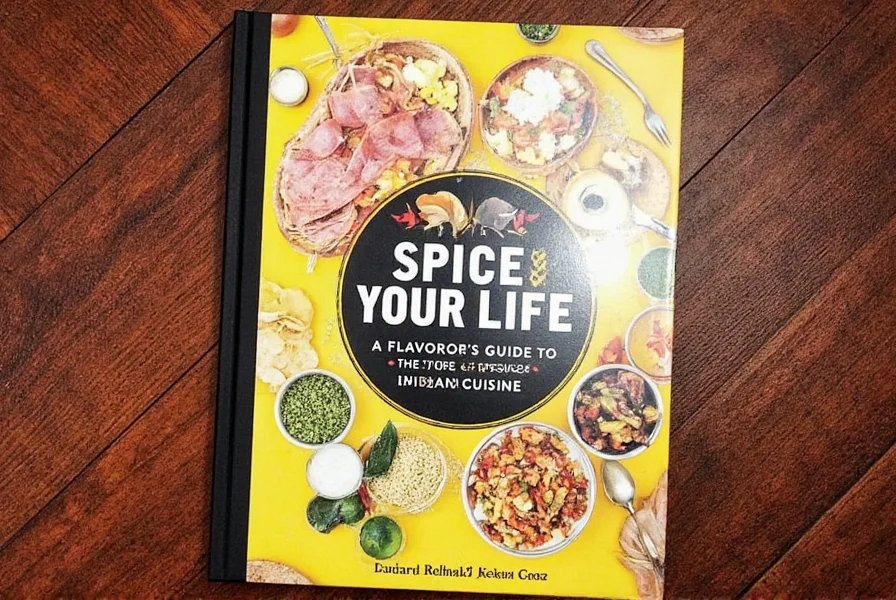
Conclusion
Exploring the types of Indian cuisine is like embarking on a sensory journey through the heart of the subcontinent. Each region offers its own distinct flavor profile, influenced by geography, culture, and history. Whether you're a spice lover or a curious foodie, there's always something new to discover in Indian cooking.
From the rich, creamy gravies of North India to the light, tangy dishes of the South, the diversity of Indian cuisine is truly remarkable. With the right ingredients and a little practice, you can bring these flavors into your own kitchen and enjoy the magic of Indian cooking.

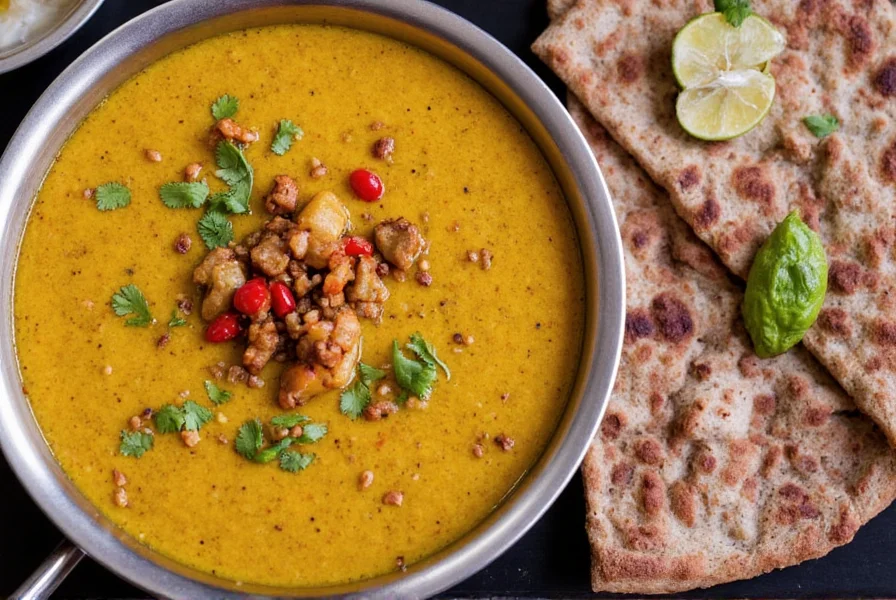









 浙公网安备
33010002000092号
浙公网安备
33010002000092号 浙B2-20120091-4
浙B2-20120091-4